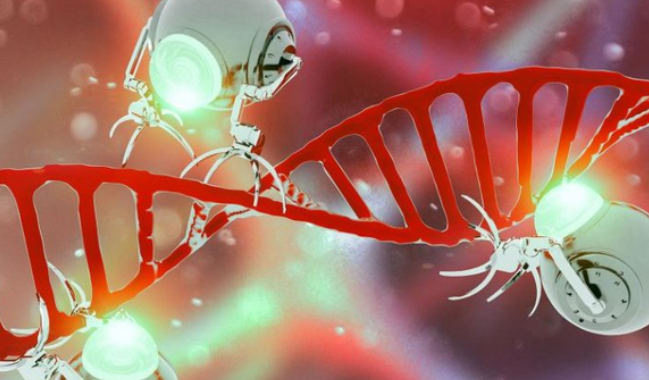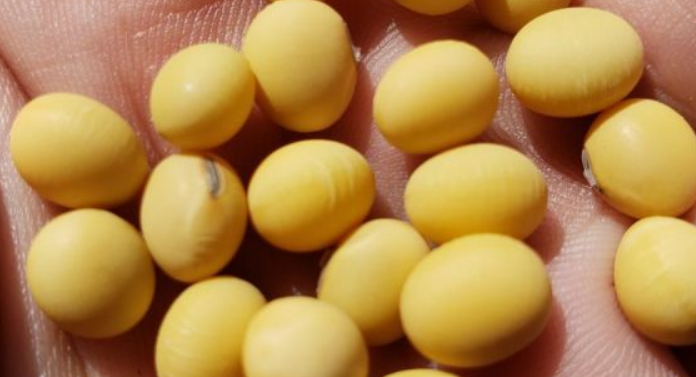
The five familiar senses that allow us to experience the environment are sight, hearing, smell, taste, and touch. However, equally crucial though less recognized is our sixth sense, according to Dr. Niccolò Zampieri, leader of the Laboratory for the Development and Function of Neural Circuits at the Max Delbrück Center in Berlin. This sense, called proprioception, gathers information from muscles and joints about our movements, posture, and position in space, and then transmits it to the central nervous system. It is essential for sending the correct signals through motor neurons to the muscles and performing specific movements unconsciously. Unlike the other five senses, proprioception prevents falls in the dark and allows us to bring a cup of coffee to our mouths with closed eyes in the morning.
This sixth sense, vital for coordinated movements, was the subject of study in the article “Molecular identity of proprioceptor subtypes innervating different muscle groups in mice,” recently published in the journal Nature Communications by Zampieri’s team. The study reveals the molecular markers of cells involved in proprioception, providing valuable information on how proprioceptive sensory neurons (pSN) function.
Proprioceptive sensory neurons, located in the dorsal root ganglia of the spinal cord, connect through nerve fibers to muscle spindles and Golgi tendon organs. These record the stretch and tension in each muscle of the body, sending information to the central nervous system to control the activity of motor neurons and enable movements. The study identified specific molecular markers for different muscle groups, revealing genetic programs that determine the unique identity of proprioceptive neurons.
Among the findings, genes related to ephrins and their receptors stand out, known for guiding nerve fibers during the development of the nervous system. These findings could improve understanding of the development and function of individual muscle sensory networks. In the future, this knowledge could benefit patients with spinal cord injuries, optimizing the design of neuroprosthetics. Additionally, it highlights the importance of proprioception in the development of a healthy skeleton, linking it to conditions such as scoliosis and hip dysplasia. The research suggests the possibility of developing novel therapies to counteract skeletal damage.
“A prerequisite for this is that proprioceptive sensory neurons connect accurately to different muscles in our body,” explains Dr. Stephan Dietrich, a member of Zampieri’s laboratory. “However, until now, we knew very little about the molecular programs that allow these precise connections and give proprioceptive neurons of each muscle their unique identity.”
“That’s why in our study, we looked for molecular markers that differentiate proprioceptive neurons for different muscles in the mice: abdominal, back, or limbs,” adds Dietrich, the study’s lead author. The team investigated which genes in the proprioceptive sensory neurons of abdominal, back, and leg muscles translate into RNA and found that different genes were related to each muscle group. “We also demonstrated that these genes are already active in the embryonic stage and remain active for at least some time after birth,” Dietrich adds, explaining that this means there are particular genetic programs that decide whether a proprioceptor will innervate the abdominal, back, or limb muscles.
Among their findings, the Berlin researchers identified several genes for ephrins and their receptors. “We know that these proteins are involved in guiding nascent nerve fibers to their target during the development of the nervous system,” explains the researcher.
Towards Nervous System-Connected Prosthetics
“The markers we identified should help us further investigate the development and function of specific sensory networks of individual muscles,” explains Dietrich. “For example, with optogenetics, we can use light to activate and deactivate proprioceptors, either individually or in groups. This will allow us to reveal their specific role in our sixth sense,” adds Zampieri.
This knowledge could soon benefit, for example, patients with spinal cord injuries. “Once we better understand the details of proprioception, we can optimize the design of neuroprosthetics, taking over motor or sensory capabilities affected by an injury.”
Another recent discovery about proprioception made by the team is that it is also fundamental in the development of a healthy skeleton. Scoliosis, for example, is a condition that sometimes develops during childhood growth, causing the spine to twist and deviate. “We suspect that this is due to dysfunctional proprioception, which alters muscle tension in the back and distorts the spine,” says Zampieri.
Hip dysplasia, an abnormality of the hip joint, can also be caused by defective proprioception. This has led Zampieri to envision another outcome of the research: “If we can better understand our sixth sense, it will be possible to develop novel therapies that effectively counteract these and other types of skeletal damage,” concludes.
Published by Iraic.Info, news and information agency.









